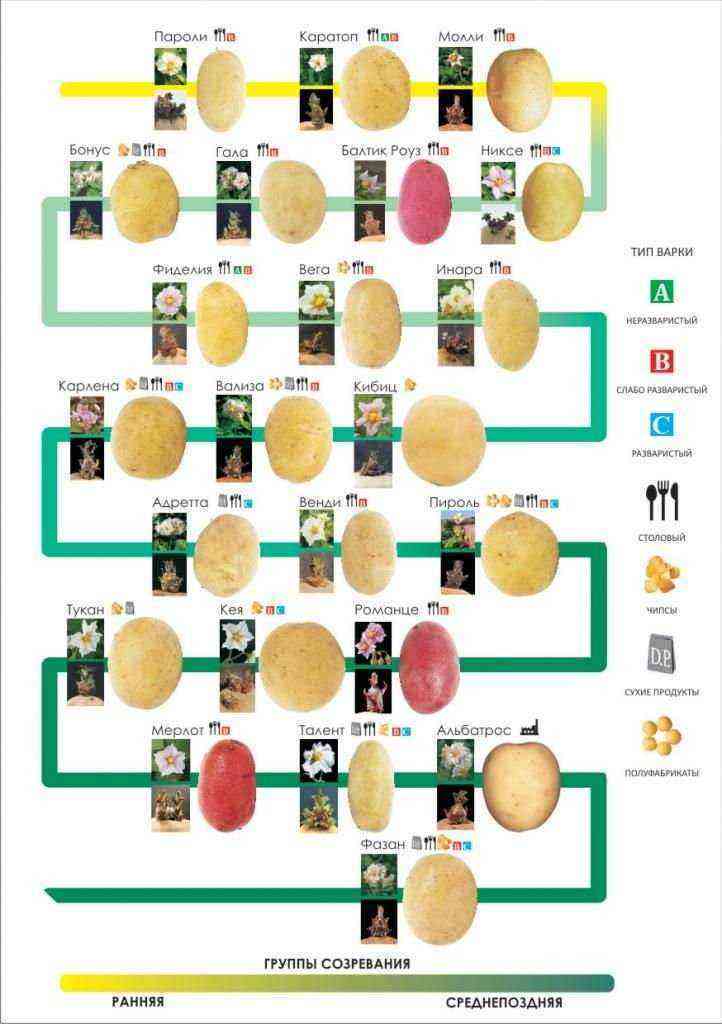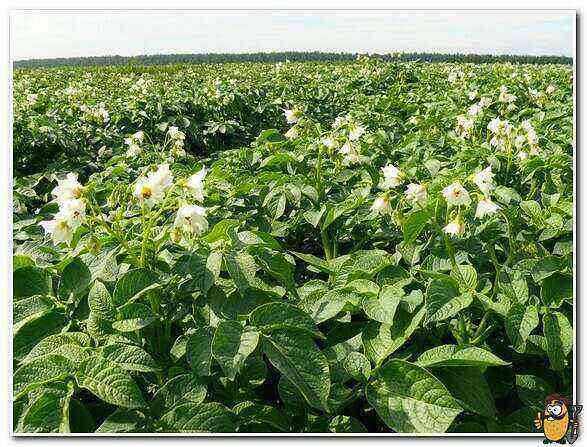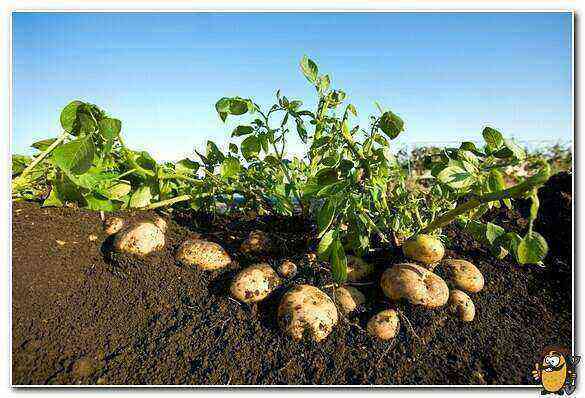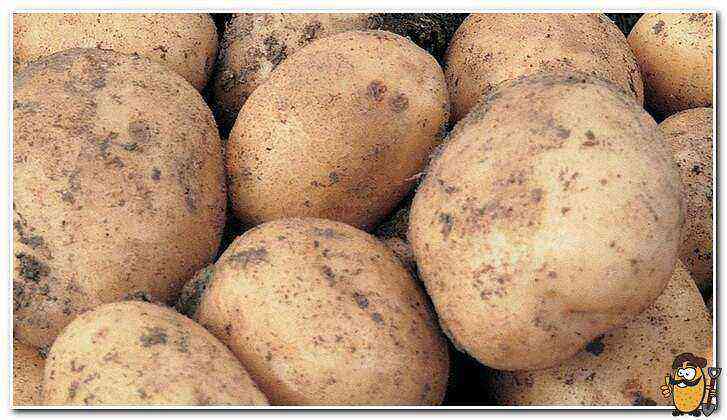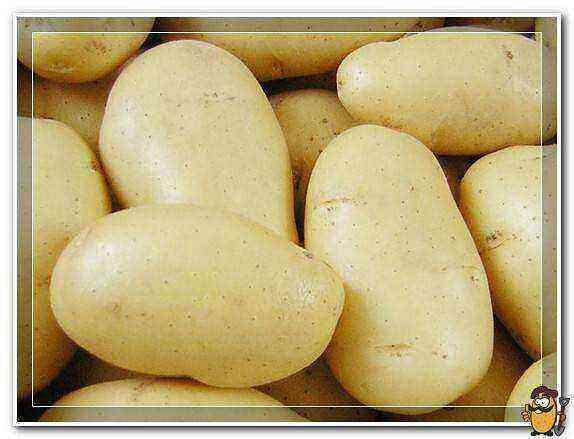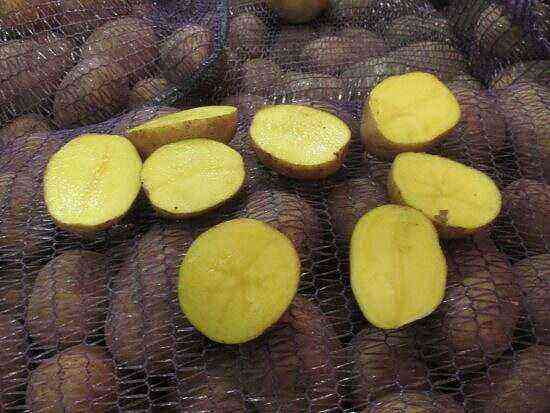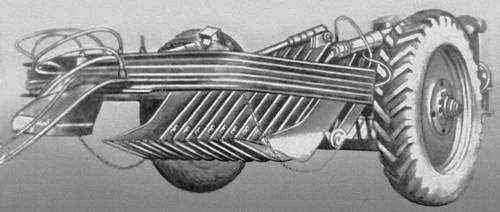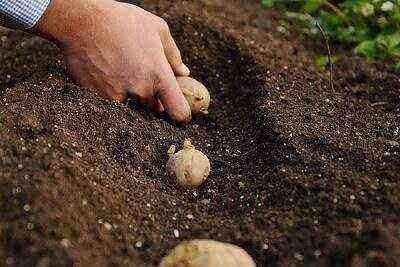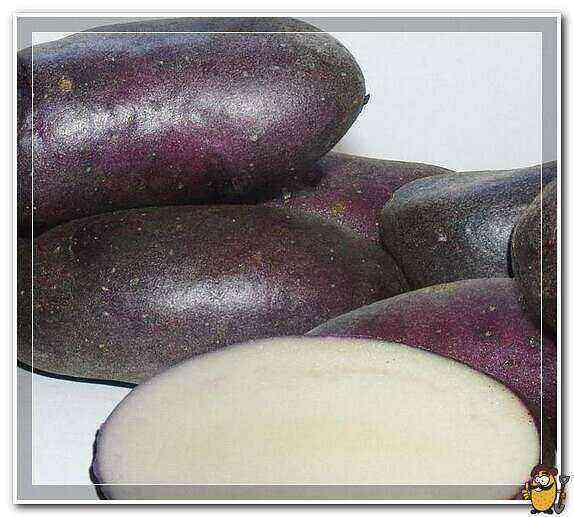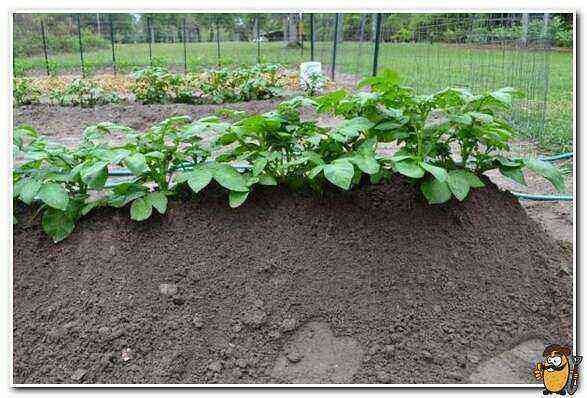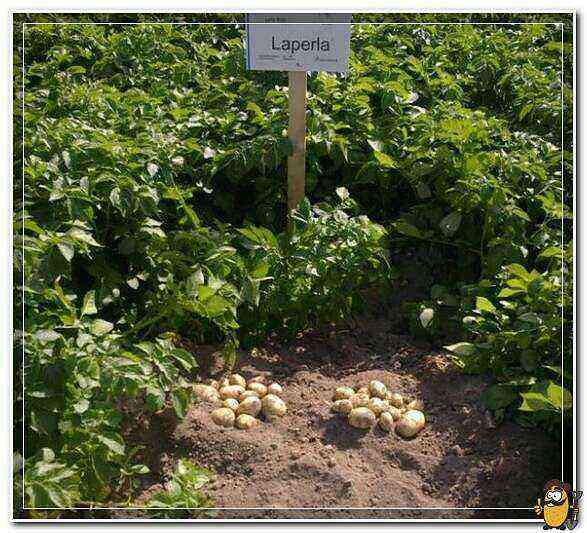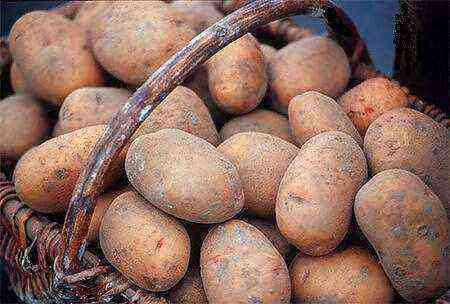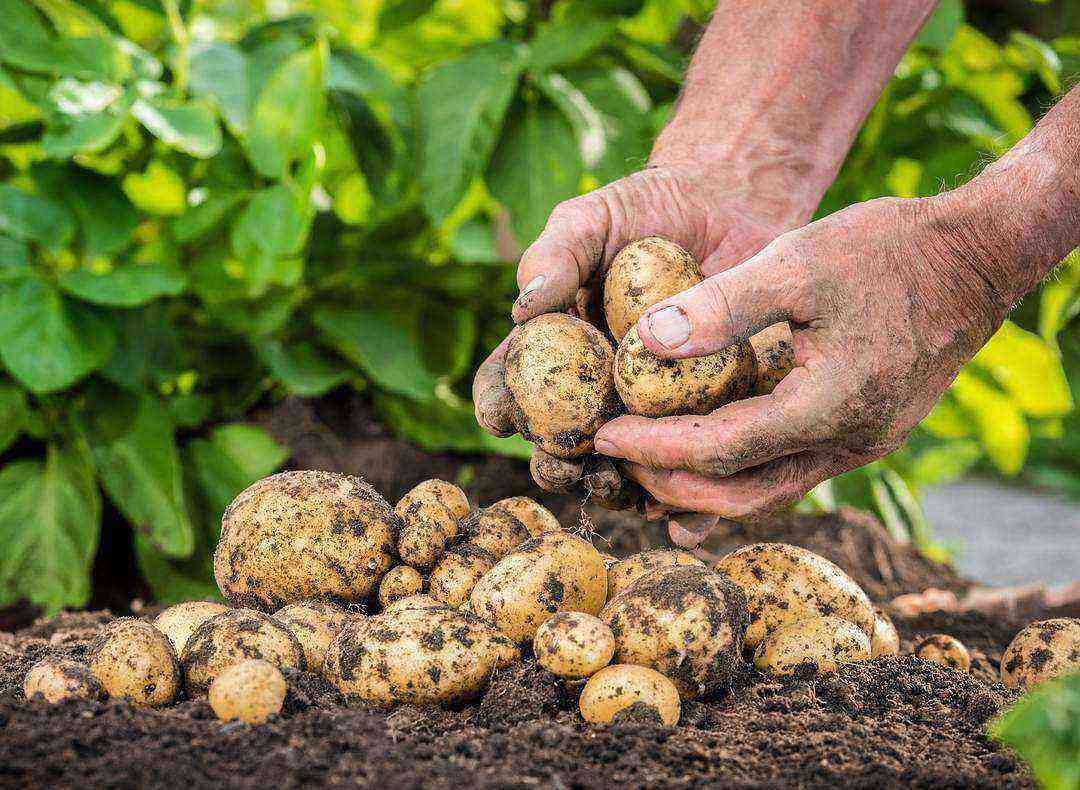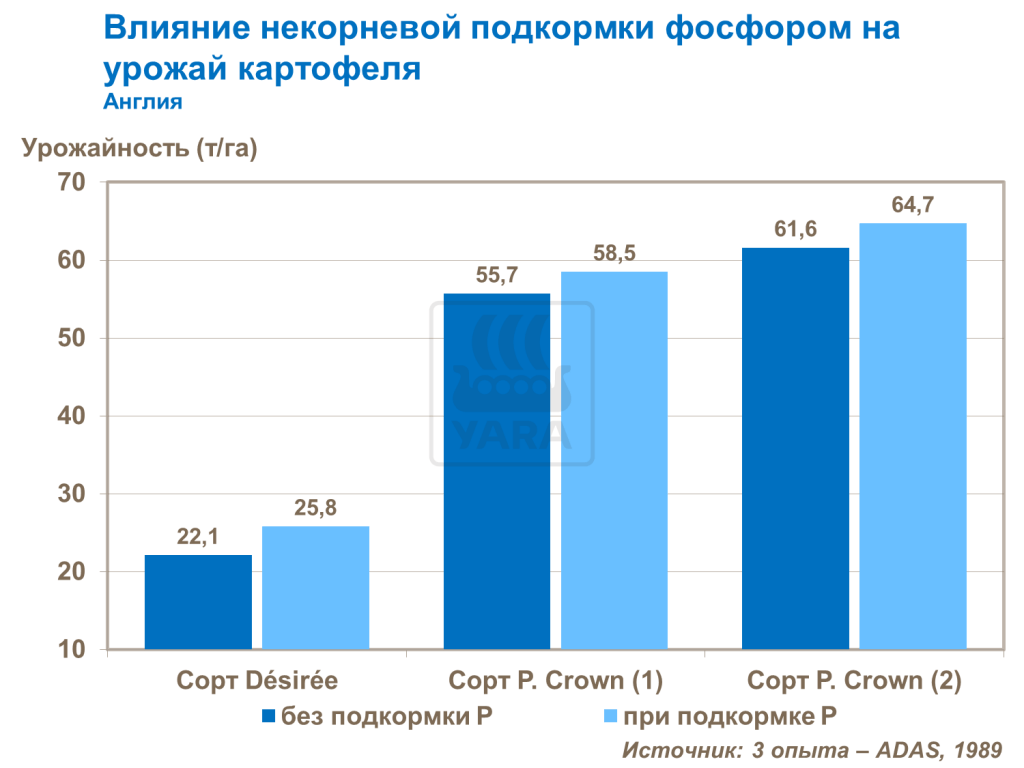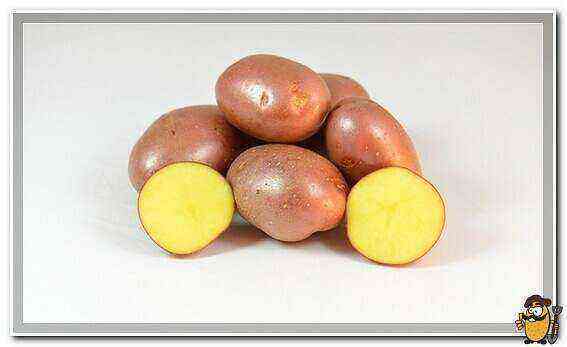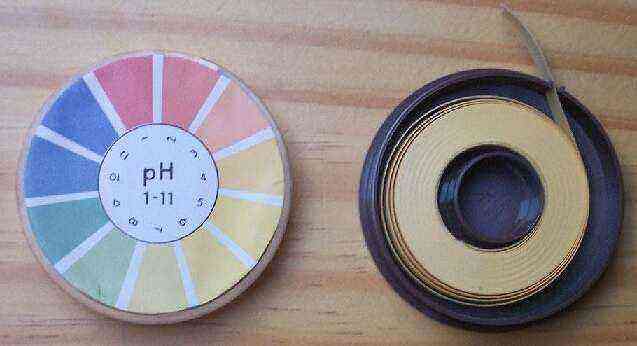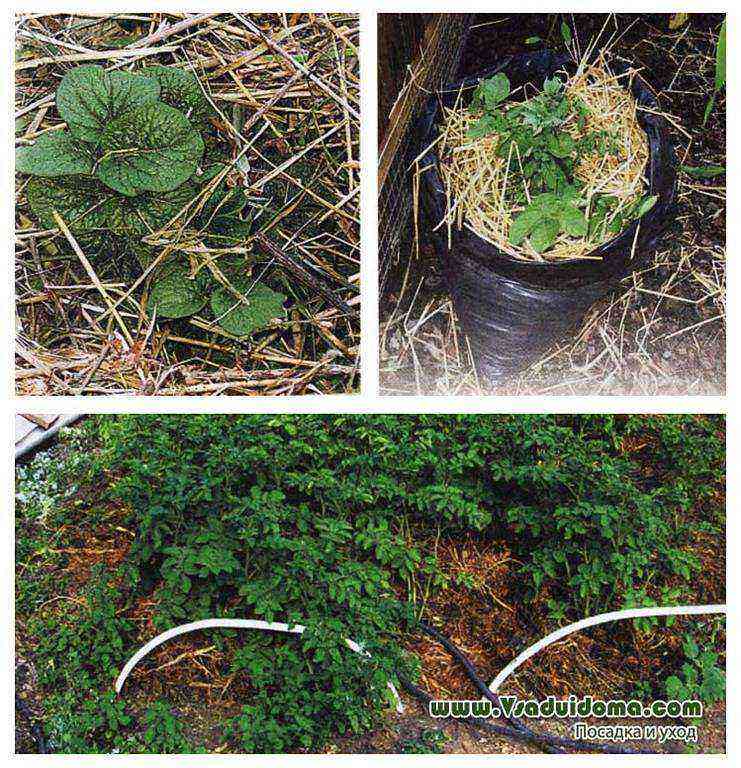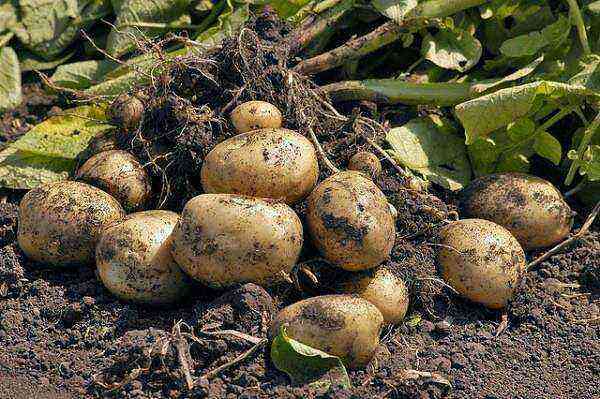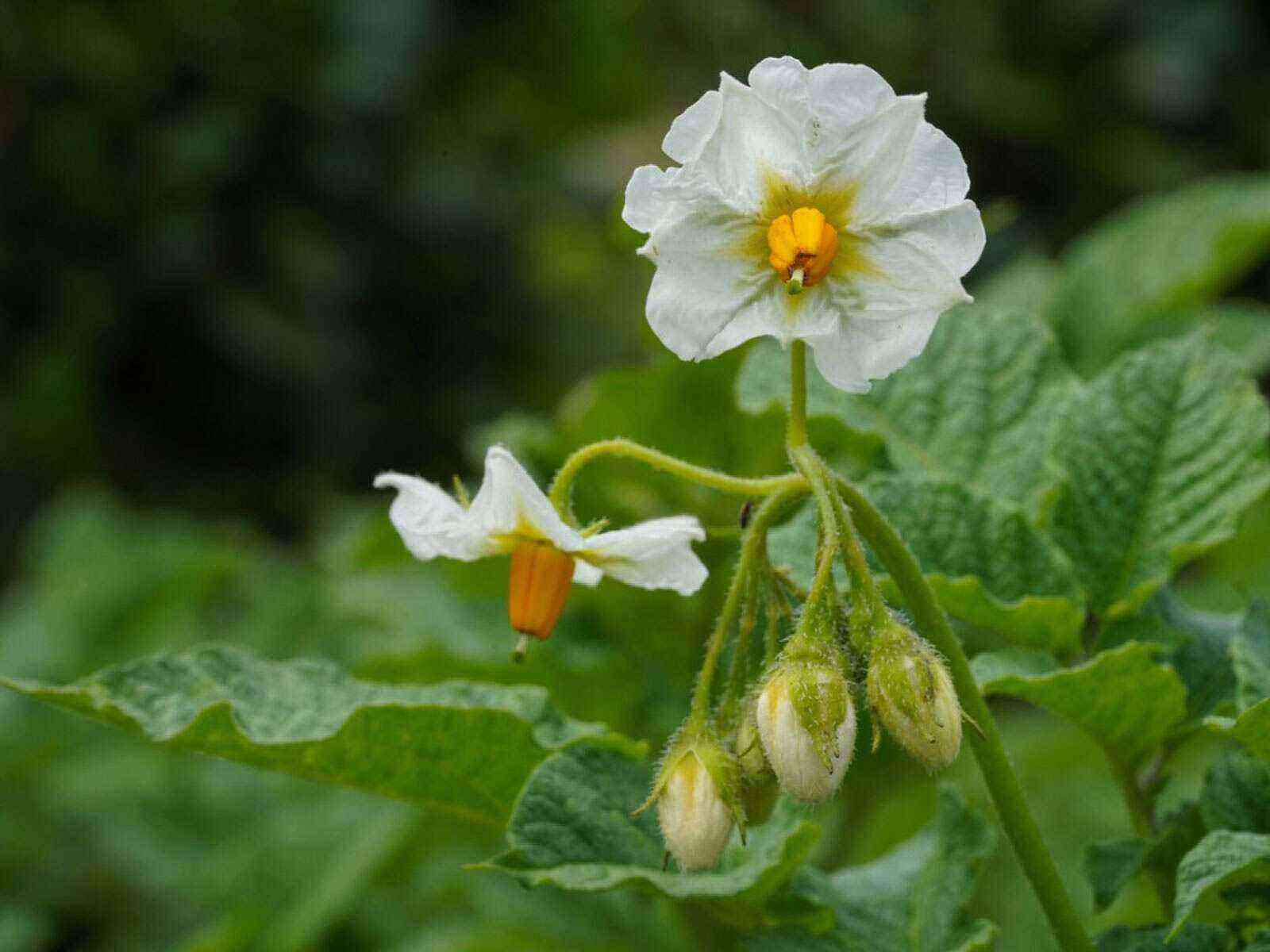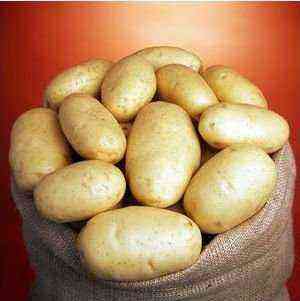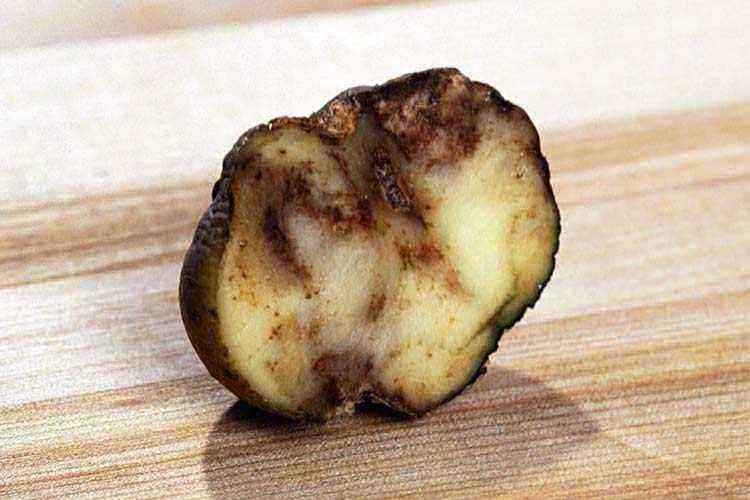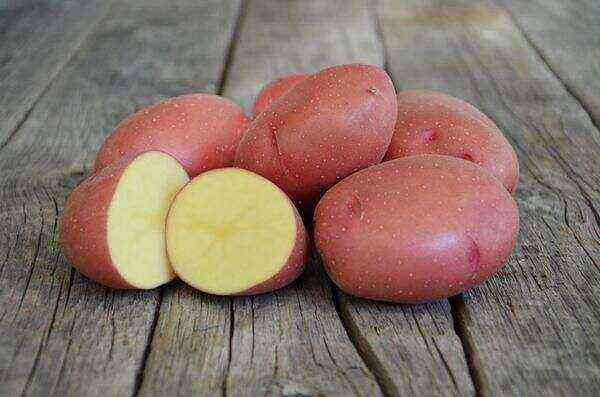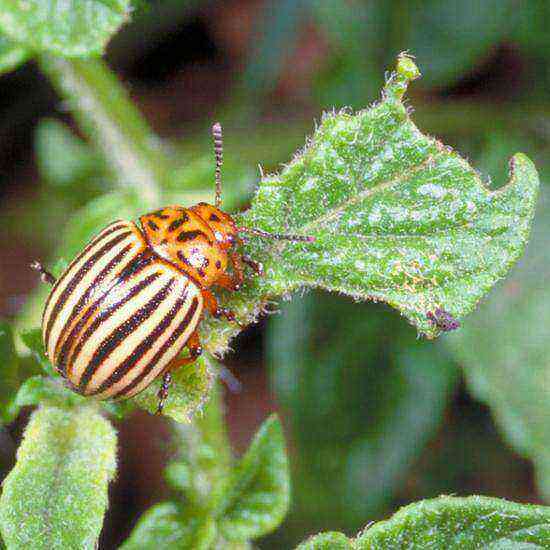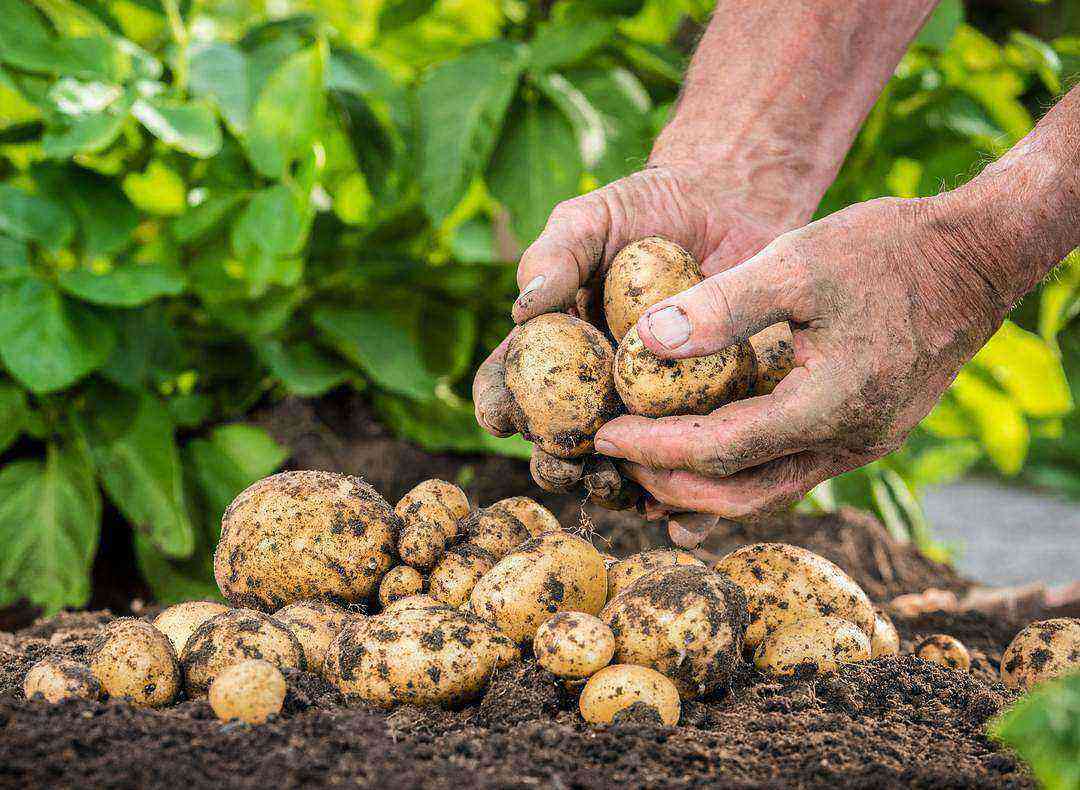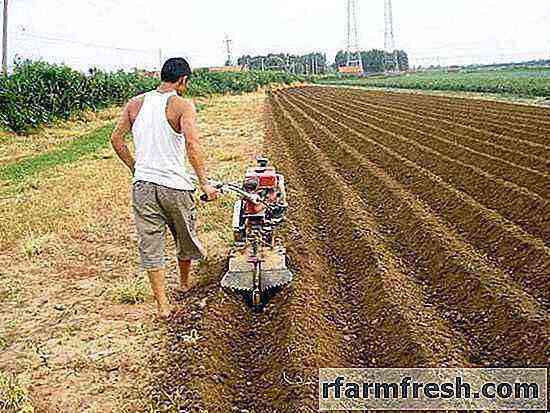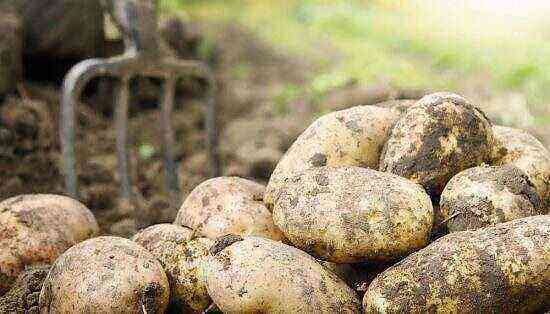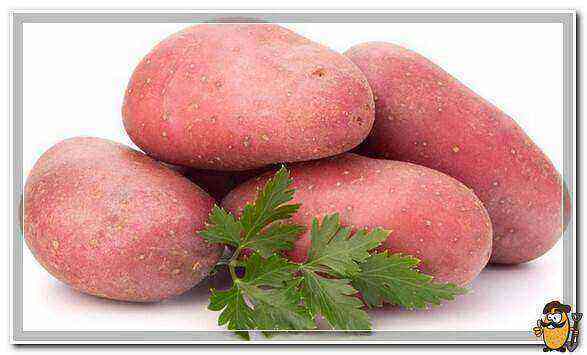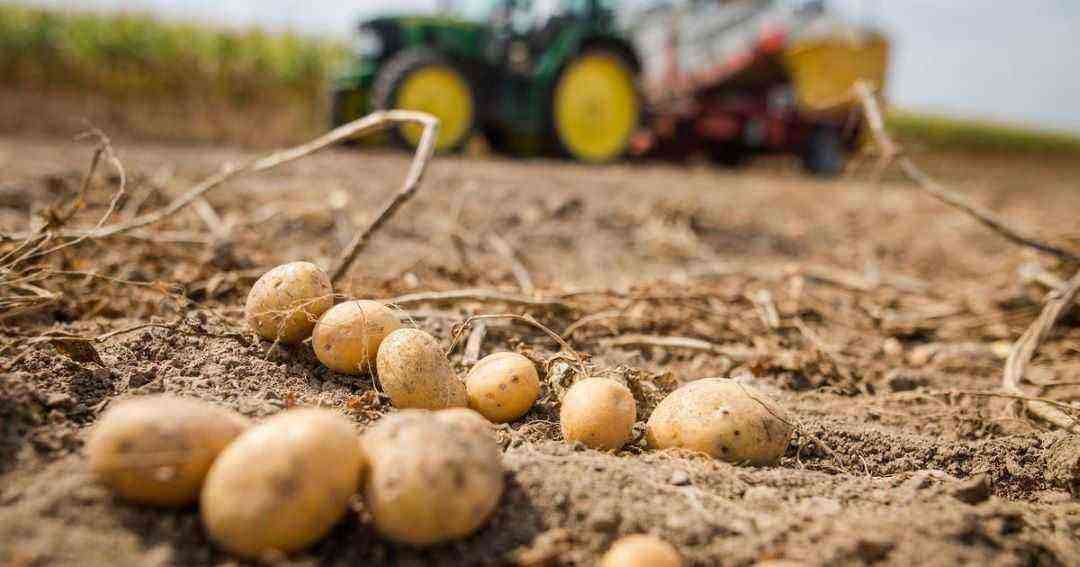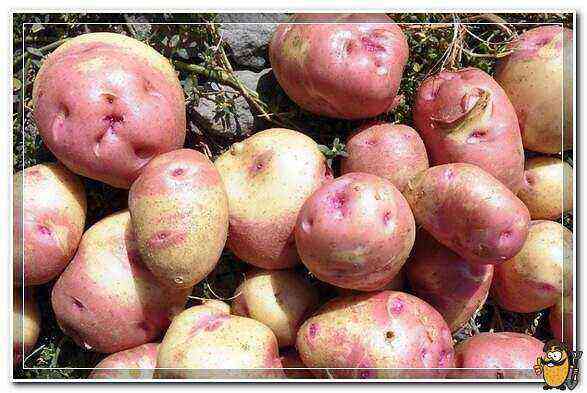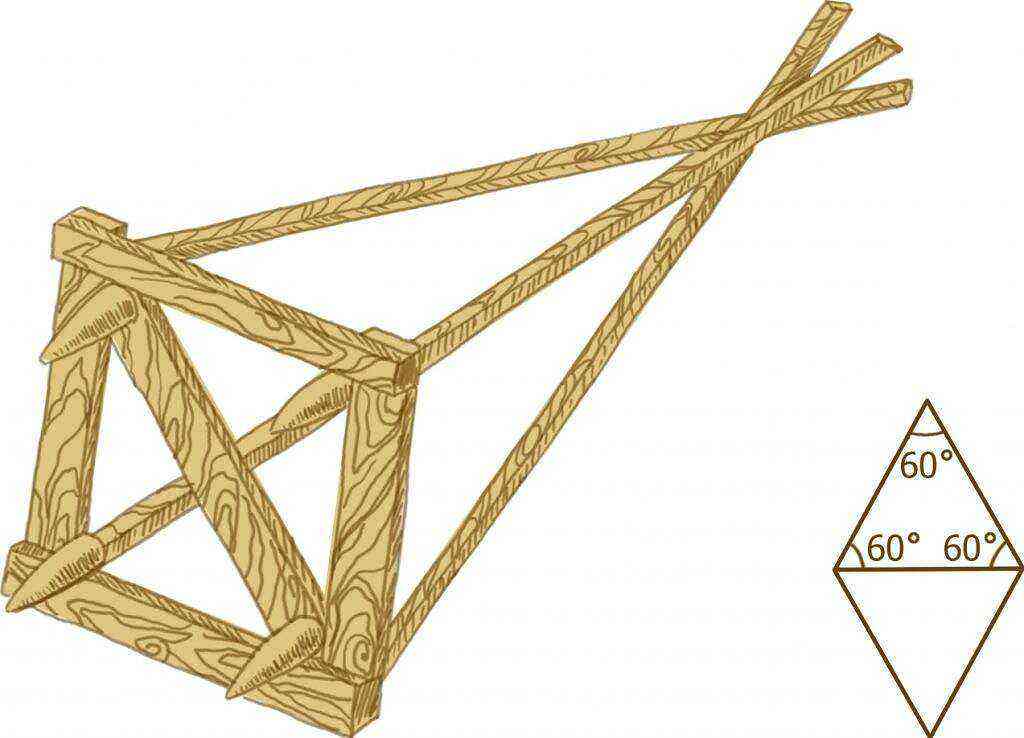Potato moth (fluorimea) is called a dangerous pest that can cause damage, which is not inferior in scale to the damage caused by the Colorado potato beetle. In the most advanced cases, the insect can destroy up to 80% of the crop. The reasons for the appearance of the pest are in violation of the rules of agricultural technology and neglect of prevention. There are several methods for removing potato moths and how to deal with it must be decided individually. This will directly depend on the degree of neglect of the problem.
Description of the pest
Fluorimea is a small insect that looks like a moth. Its wingspan is 15 mm and its length is 8 mm. She has long antennae and a pathologically small mouth apparatus. The front wings of the insect are gray-brown with dots and stripes, and the back ones are pure gray. The edges of the wings are uneven, velvety. By looking at a photo of a potato moth, you can get a clear idea of its appearance.
Attention!
The birthplace of fluorimea is Central and South America. It was brought to Europe with tomatoes and tobacco more than 100 years ago.
The life of an insect takes place in 4 stages: an egg, a larva, a pupa and a sexually mature individual. In summer, it takes about 4 weeks to complete a full cycle (the length of the period may vary depending on the weather), and in winter 8-16 weeks. The danger to the culture is the moth larva. An adult has no proboscis for feeding. The stage when the insect looks like a butterfly lasts about 3 weeks. During that time, it should lay about 200 eggs on tubers, tops and soil. If other species of nightshade grow near the potato, they will also be infected. It takes 5 to 15 days for a caterpillar to mature in an egg. For potatoes, it is the moth caterpillar that poses the greatest threat.
Fluorimea larvae can be yellow-pink or olive-colored. They are 10 mm long. The larval stage lasts 48 days. During this period, the pest will have time to shed 4 times. At the end of the prescribed period, the larva cocoons and becomes a pupa. The insect attaches the cocoon to the plants themselves or to the walls of the cellars. It can pupate in the very ground. The pupa hibernates either in the upper layers of the soil, or under the dried tops. In May, butterflies are already flying out, ready to fight the plants. You can find moths throughout the season in different forms. After the end of the season and the placement of fruits in storage, the parasite continues to develop and multiply.
How it hurts potatoes
The moth is most active during the period when the sun is not shining. To find out if it is in the garden, you should walk along the edge of the rows of potatoes and stir the ground part of the plants. If a moth is present, it will immediately take off, however, after flying several meters, it will hide again. As soon as the insect sits on the ground, it will be almost impossible to distinguish it from the general background, so much it merges with it.
There are a number of signs by which you can determine that an insect is harmful to potatoes:
- braiding the tops with cobwebs;
- death of stems;
- small dimples on the leaves with insect excrement;
- the presence of passages in tubers clogged with excrement (by cutting a tuber, one or more larvae can be found);
- rotting pulp.
Fighting at the summer cottage

You need to start the fight against fluorimea as early as possible. Insect harm is as follows:
- casting plants become damaged and bushes weaken;
- yield falls;
- tubers become damaged and inedible;
- using contaminated seed leads to crop failure.
Attention!
Farmers often confuse the results of the wireworm’s activity with the fluorimea moves. It is not difficult to distinguish them: with a wireworm, the passages are straight, and with fluorimea, they have a cobweb-like shape.
Biological method
This way of fighting does not harm the crop. The tubers are not saturated with poison and remain safe for humans. Popular drugs are Lepidocide and Bitoxibacillin. They can be sprayed at any stage of plant growth and development: from the moment the first shoots appear to the maturation of tubers. The recommended frequency of use is 1 time in 8 days, not more often. Thanks to the use of such means, a large percentage of females die. At the same time, the fertility of the surviving insects decreases. The very development of fluorimea is disrupted.
Read also!
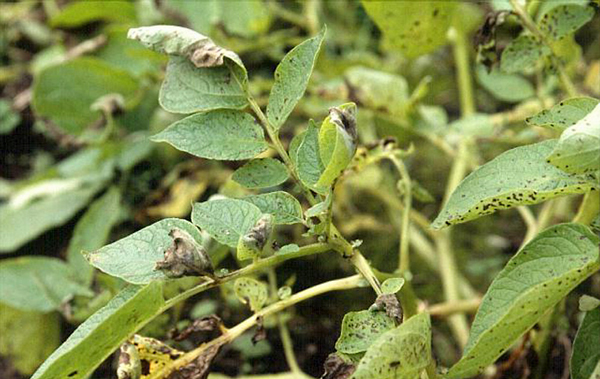
Chemical method
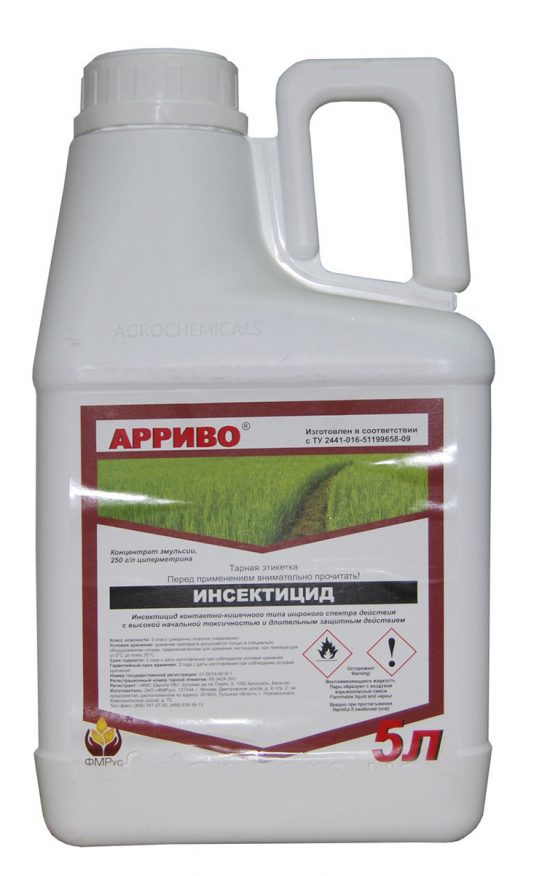
Chemicals are used in advanced cases, when the biological method has not brought a good result. In this case, agents such as Arrivo or Zolon are used to treat plants. If necessary, drugs can be walked around the plantation several times. After that, you definitely need to take a break for half a month. Chemicals kill female moths and reduce their fertility.
Struggle after the extraction of fruits from the ground
When storing a crop, control measures also sometimes have to be resorted to. Before taking the tubers to the cellar, they must be carefully sorted out and examined. If there are traces of the parasite, it is necessary to process the tubers with a biological agent. It is made as follows: 50 ml of Planriz and 250 liter of Lepidocide are added to 1 liters of water. The tubers are dipped into the finished solution for 10 minutes. Then they are removed and laid out in the shade to dry. You can use the tubers for culinary purposes after 48 hours.
Read also!
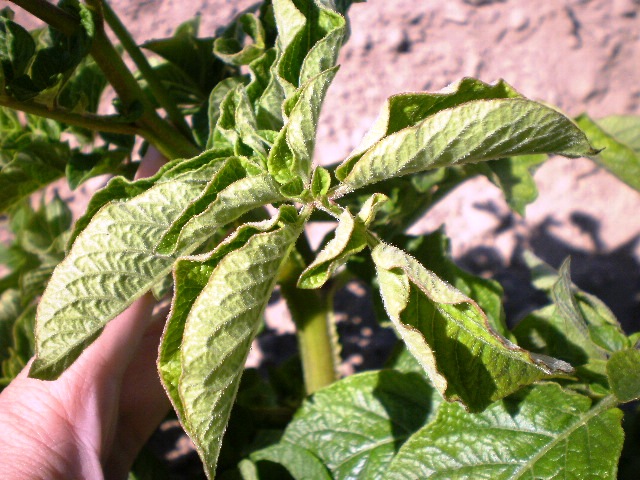
If Planriz and Lepidocide are not available, the crop is treated with Bitoxibacillin or Denrobacillin. 150 liter of the selected preparation is poured into 1 liters of water, after which the fruits are soaked in the finished solution for 10 minutes. If a mole is present in the basement, then it is treated with quicklime. Also for these purposes, you can use a smoke bomb “FAS”. After processing, the potatoes are stored at a temperature of + 2-4 ° C.
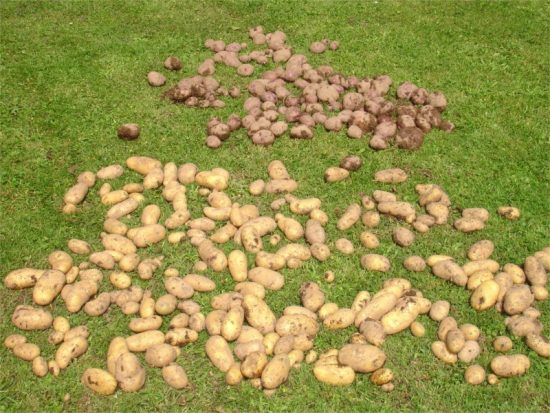
Attention!
The contaminated biomaterial must be burned. If this is not done, then the larva will hibernate in the ground, and in the spring it will come out again.
You can avoid damage to potatoes by moths if you follow the rules of prevention. Agronomists recommend:
- dig up the soil thoroughly in spring and autumn;
- buy seed only from reliable suppliers (you can focus on reviews);
- plant tubers to a depth of about 15-18 cm;
- before planting, store the seed in a warm room so that it germinates;
- during the growing season, periodically inspect the plant (it is important to pay attention to the condition of other nightshades);
- in time to remove weeds;
- hilling 1-2 times during the period of crop growth;
- destroy various parasites in time;
- dig up tubers until the ground part of the bush is completely dry;
- mow the tops a week before digging out the fruits;
- before planting seed, dress it (for example, Prestige, which is also effective against the Colorado potato beetle).
Read also!
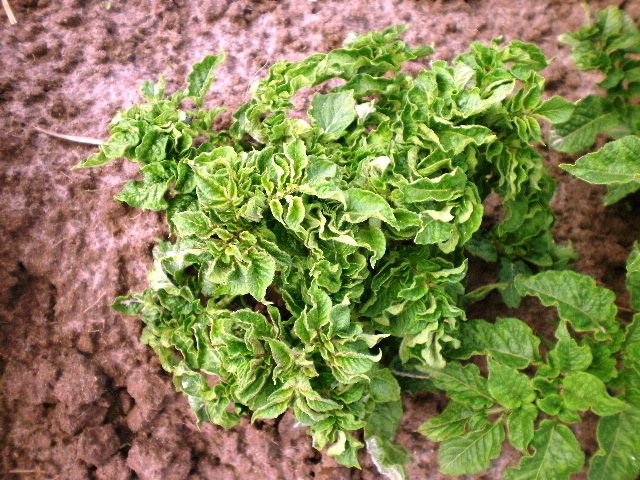
Conclusion
Fluorimea is one of the most dangerous pests. It is possible to get rid of it, but this requires some effort and careful adherence to the recommendations. However, the time spent is worth it if the crop of potatoes and other nightshades is not destroyed in the end. Do not neglect the prevention of the problem. Thanks to her, you can avoid damage to the bushes and ensure their normal development.
